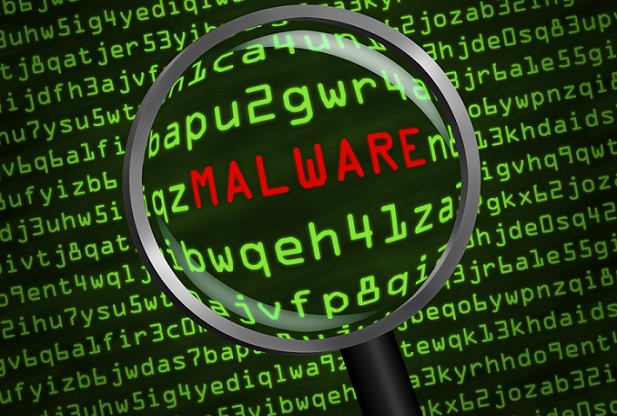

This post was originally published here by Jacob Serpa.
As firms try to migrate to the cloud and protect themselves from threats like malware, they are engaging in a delicate process that can be compared to creating a painting (as discussed in Part One). In this analogy, malware can be thought of as a saboteur who throws paint at the canvas to ruin the design. Below, one can find the remaining pieces of this story.
Running Paint: the Spread of Malware
Malware can quickly spread – much like the saboteur’s paint as it drips down your canvas.
There are a few ways that malware can propagate. First, if an employee uploads a file with malware to an organization’s cloud app, the organization’s security is effectively compromised. Next, any employee who downloads said file will have their device infected, and upon uploading their own files to the cloud app, will further contaminate the organization. Finally, without the direct intervention of any employee, infection can organically spread within and across an organization’s cloud applications.
The threat of malware is compounded by bring your own device (BYOD). More employees performing more work from more unmanaged devices means more exposure. In a similar way, having more data in more connected cloud apps can make it easier for an infection to proliferate within a company. Fortunately, there are tools that help fight malware.
The Brush: Tools for Addressing Malware
As the artist must use a brush to confront the saboteur’s dripping paint, so must organizations use tools to confront malware.
To successfully address malware, enterprises must be ready to identify it early and take action quickly. For known threats, traditional, signature-based solutions employ reactive technology whereby files are effectively executed in a sandbox and screened for known malware. For zero-day threats that have yet to be identified, advanced threat protection (ATP) involves sophisticated, proactive, behavior-based solutions like machine learning, artificial intelligence, and static analysis.
Obviously, firms must be prepared for both types of threats on a variety of endpoints (including mobile devices), at upload, at download, and at rest in the cloud. Many products and capabilities exist, but companies must take action to ensure security.
The Hands: Your Company
Like the hands that defend against the saboteur, use the brush, and paint the picture, your company is ultimately in control of how it handles malware in the cloud.
An enterprise can have vast stores of institutional knowledge and a glut of security funding, but still be unprotected. No amount of research or preparation can defend against the threats of the cloud if there is no execution. So, don’t just research. Adopt solutions that can defend against known and unknown malware across a variety of devices and use cases. Train your employees on how to avoid malware and prevent its spread. Utilize policies that can reduce the risk of exposure to malware. Many solutions are available, but they must be used to be effective.
Photo:Ophtek



















